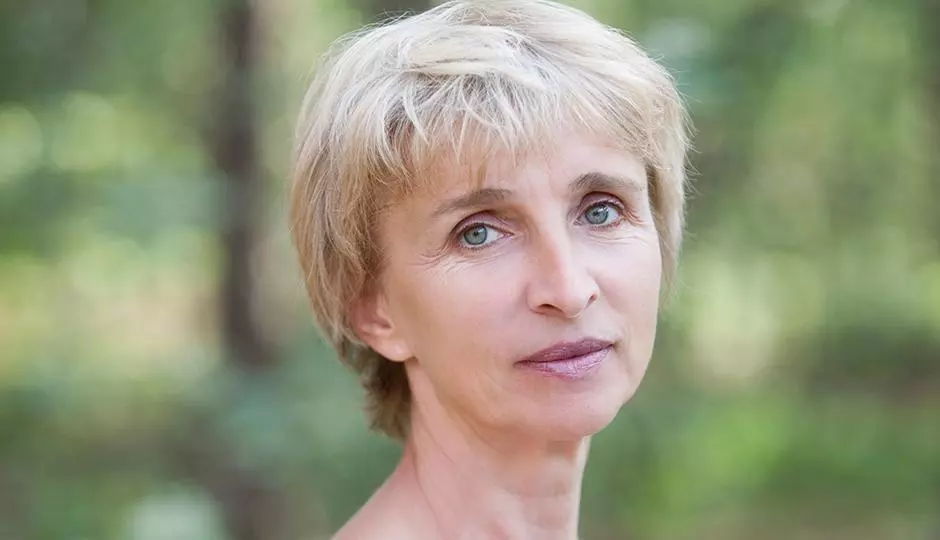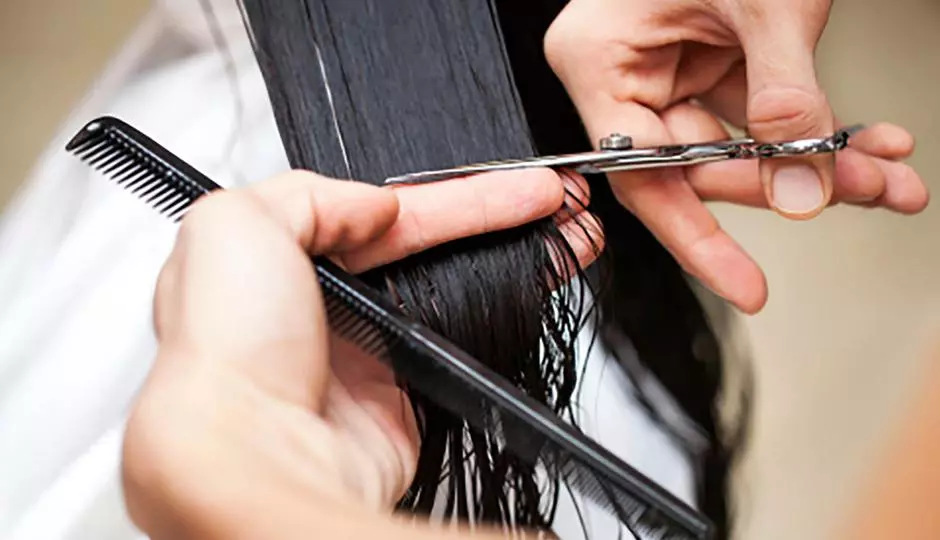Some hair shedding is a natural and healthy part of life; in fact, daily shedding is a key step in the hair growth process. After a period of time in the growing phase, your follicles go into a resting phase and shed. This is followed by a new hair follicle growing in its place. Problems arise when this natural process of shedding and regrowth is disrupted—and in many cases, cancer treatment can expedite this process. In this post, we’re going to take a look at the ways in which cancer treatment can lead to hair loss, setting some clear expectations about what cancer patients can expect.
Cancer Treatments Can Cause Hair Loss
There are two major forms of cancer treatment—chemotherapy and radiation therapy—and both can potentially cause hair loss, albeit to different extents.
Let’s start by addressing chemotherapy. Alopecia from chemotherapy is not a one-size-fits-all approach; rather, many different cancer-fighting drugs can be used, and some are more likely than others to trigger hair loss.
How does chemo actually cause hair loss? It is important to keep in mind the hair follicle is naturally constructed of rapidly dividing cells. As toxic chemotherapy drugs are administered during the anagen (growth) phase, damage occurs to the rapidly dividing follicle bulb cells causing hair to shed. Normally about 90% of the hair follicles on the scalp are in the anagen phase at any one time, so there is a massive amount of hair that can shed. Shedding typically begins 1-3 weeks after starting chemo and usually is complete at 1-2 months after taking the drug.
There are four major classes of chemotherapy drugs and each class can result in total hair loss on the scalp, or even hair loss in other areas—facial hair, pubic hair, etc. Some patients may not experience any hair loss at all, however, just depending on the type of drug.
- Antimicrotubule Agents (like Paclitaxel): Over 80% experience alopecia
- Topoisomerase Inhibitors (like doxorubicin): 60-100% experience alopecia
- Alkylators (like cyclophosphamide): Over 60% experience alopecia
- Antimetabolites (like 5-fluorouracil plus leucovorin): 10-50% experience alopecia.
We do know that when a combination of drug therapy is used there is usually a higher incidence and a higher severity of hair loss. To get a clear understanding of how your chemotherapy regimen might affect your hair, speak one-on-one with your doctor.
As for radiation therapy, hair loss can certainly be a side effect, but only in the areas directly touched by radiation. This alopecia may either be temporary or permanent depending on the type of radiation used and the area of the body being radiated. In other words, radiation treatments to the head are likely to cause hair loss, while radiation treatments localized to the pelvis or the chest are not likely to result in balding.
Hair Loss Expectations
Again, not everyone who undergoes cancer treatment is going to experience hair loss—but if you are going to lose hair, it’s probably going to start within the first two weeks of treatment, with the most severe effects coming one to two months later. The first thing you are likely to notice is tenderness on your scalp as you comb or brush your hair—a telltale sign that shedding is imminent.
Will the hair loss be permanent? That varies from one cancer patient to the next. There have been reports of permanent hair loss related to breast cancer chemotherapy by sequential fluorouracil/epirubicin/cyclophosphamide (FEC) and docetaxel. Also, women with preexisting female androgenetic alopecia who are subsequently receiving long-term treatment with aromatase inhibitors can often maintain alopecia.
Sometimes damage to the follicles is so significant that hair regrowth is impossible, but more often hair does grow back, usually beginning to regrow after a 3-6 month delay. One thing to be aware of is that if you do regrow hair, it’s not necessarily going to be the same pattern, texture, or color that it was before. For example, you may have had brown hair before the treatment, but when it grows back, it could be gray.
Preparing for Hair Loss
If you are preparing for cancer treatment, there are a few steps you can take to address hair loss proactively.
- First, always talk with your doctor about potential side effects; get a clear understanding of whether your form of cancer treatment comes with a high risk of hair loss.
- Temporary hair replacement solutions, such as wigs and hair systems can go a long way toward mitigating the psychological impact of hair loss. Start planning for your hair system sooner rather than later. Being a Cesare Ragazzi distributor, we encourage patients to get measured for a CNC hair system early and place a rush order (versus standard orders which usually take three months to complete in Italy) so that it will be ready before your hair loss begins.
- There has been success preventing hair loss during chemotherapy by using a Polar Cold Cap. This is a cap that is chilled and placed over the scalp hair during the chemo treatment. Because the chemotherapy drugs attack rapidly dividing cells, like tumor cells and hair cells, the cold cap slows the hair metabolism and cell division during the time it is worn to help preserve the hair.
- If you have completed cancer treatments and fear your hair isn’t going to grow back, we’d welcome you to visit HT&RC for a trichological evaluation. We can recommend solutions, such as hair systems, to help you look and feel like yourself again.
Hope for Hair Loss
The bottom line: There is always hope for those dealing with hair loss—even if the underlying cause is cancer treatment. To learn more about some of the available solutions, we encourage you to contact us at HT&RC at your next convenience






